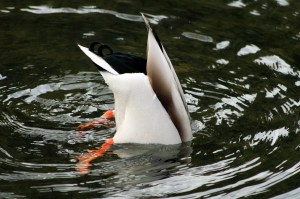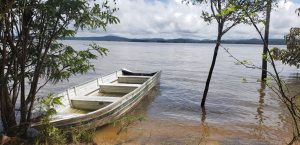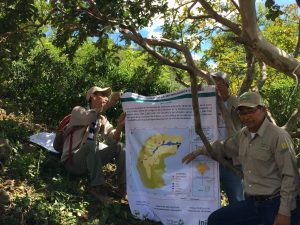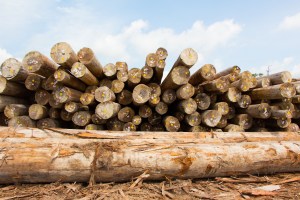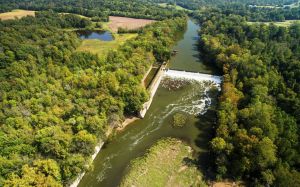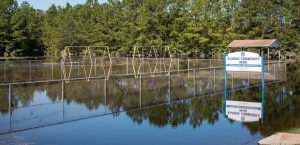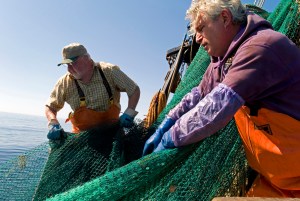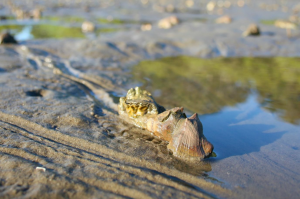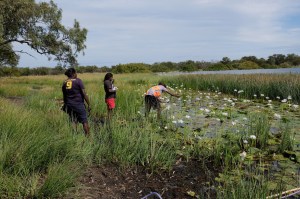Discover stories in Conservation Science
Can Duck Poop Spread Invasive Fish?
New research shows carp eggs can remain viable after passing through a duck’s digestive tract.
A Better Way to Protect Birds From Power Lines
Millions of birds are killed every year in collisions with power lines. Now, scientists have discovered installing suspended, rotating devices known as ''flappers'' is the most effective way to reduce bird deaths.
Putting Communities At the Center of Freshwater Conservation
What does an effective, community-based freshwater conservation program look like?
Agriculture Can Be a Solution for Deforestation in Chiapas, Mexico
TNC's long commitment to conservation in Chiapas demonstrates the kind of place-based approach and creative partnerships required to make ecological intensification work for farmers and conservationists.
Tropical Deforestation Is Making the Worst Climate Predictions A Reality
Industrial-scale tropical deforestation is altering local climate as much as 100 years of global warming under a worst-case emissions scenario.
Expanding the Successful Sustainable Rivers Program
Dams aren’t going away. But a successful program better manages them for people and nature.
Bahamian Queen Conch: Fishers & Scientists Share Knowledge for a Sustainable Fishery
Queen conch are at risk. Bahamas fishers and scientists are helping.
Science for Evaluating Flood Risk + Improving Community Resilience
A new study examines flooding from Hurricanes Matthew and Florence and finds current hazard maps are inadequate for accurately assessing flood risks and protecting communities in North Carolina.
Putting Evidence into Action: Solutions for Climate-Ready Fisheries
As climate change upends ecosystems, including fisheries, scientists are moving beyond documenting the impacts to recommending actions to mitigate and adapt to those impacts.
How Hitchhiking Oysters Build New Reefs
In Australia, juvenile oysters hitch rides on mud whelks, subjecting them to a slow-motion death by starvation. Killer oysters. Sort of.
Debt Conversions Can Advance Marine Conservation
Refinancing national debt can be a powerful tool for conservation.
Using Science & Culture to Assess Billabong Health
In northern Australia, scientists and young indigenous rangers are working together to gain a better understanding of billabong health.
